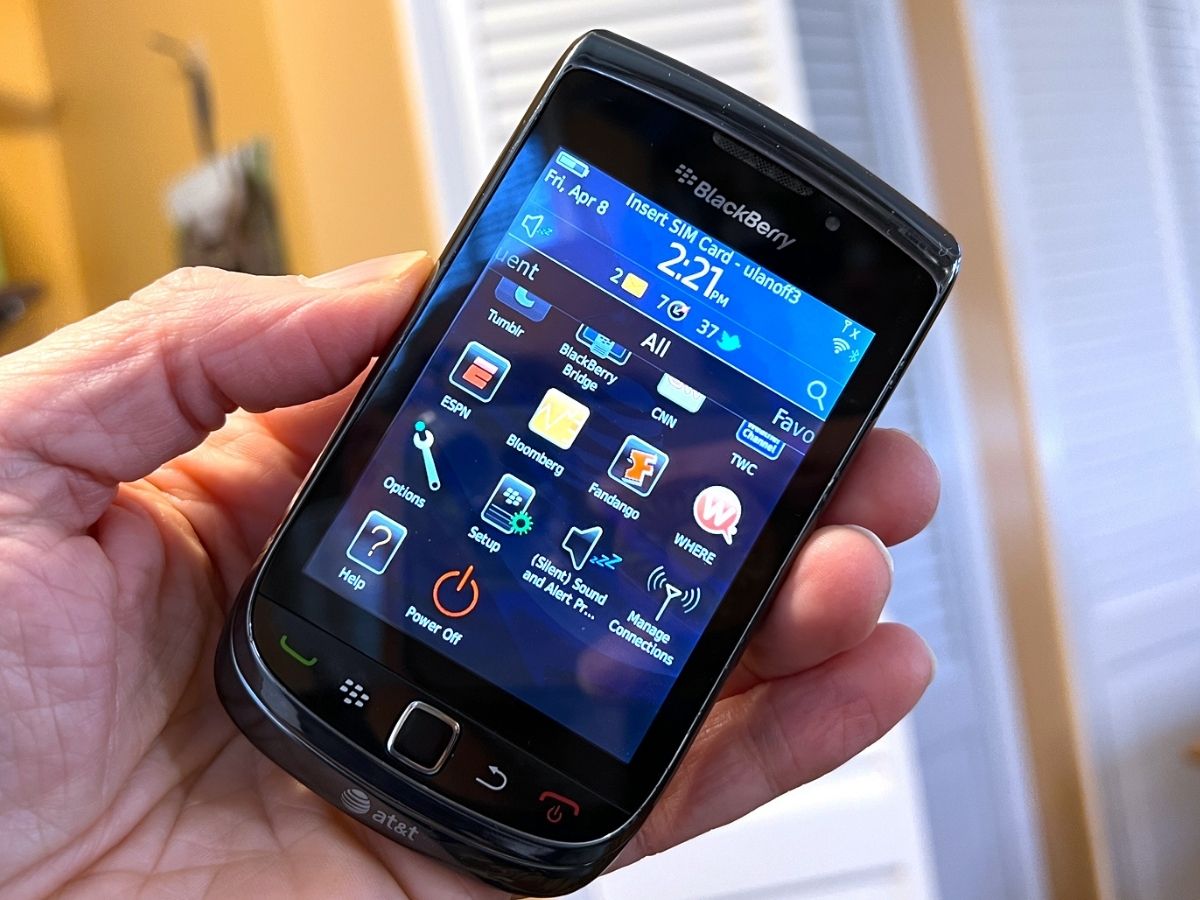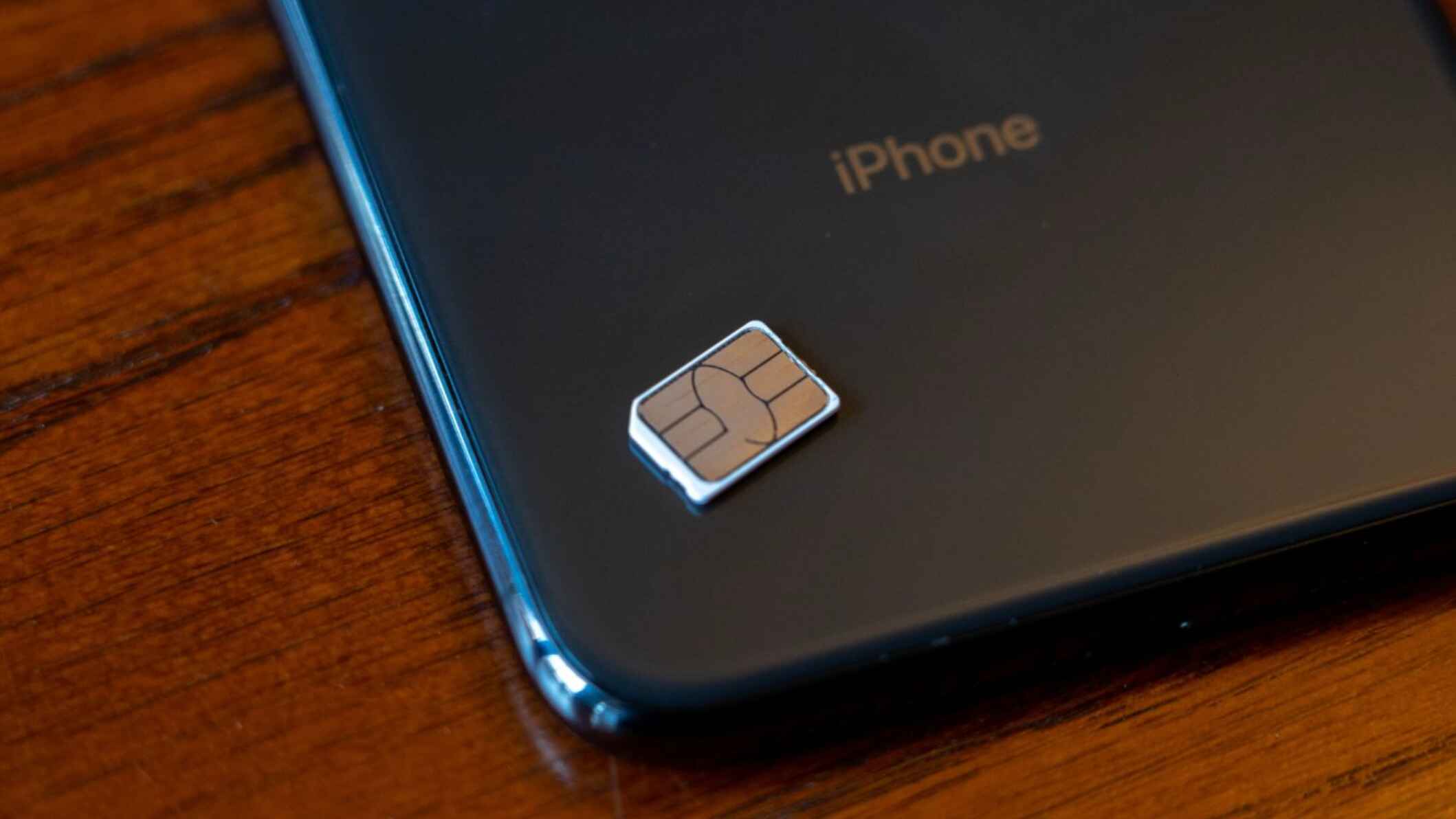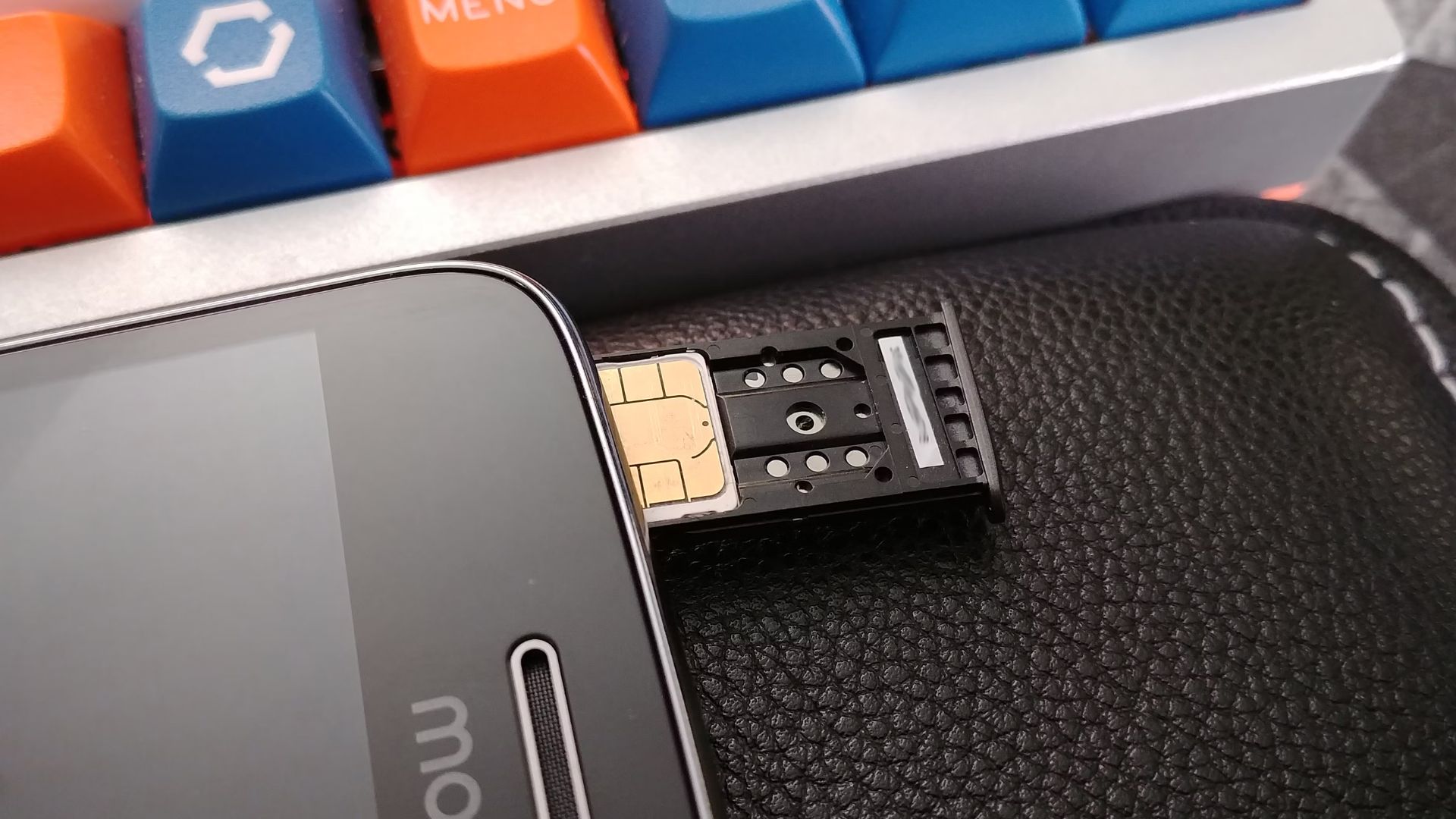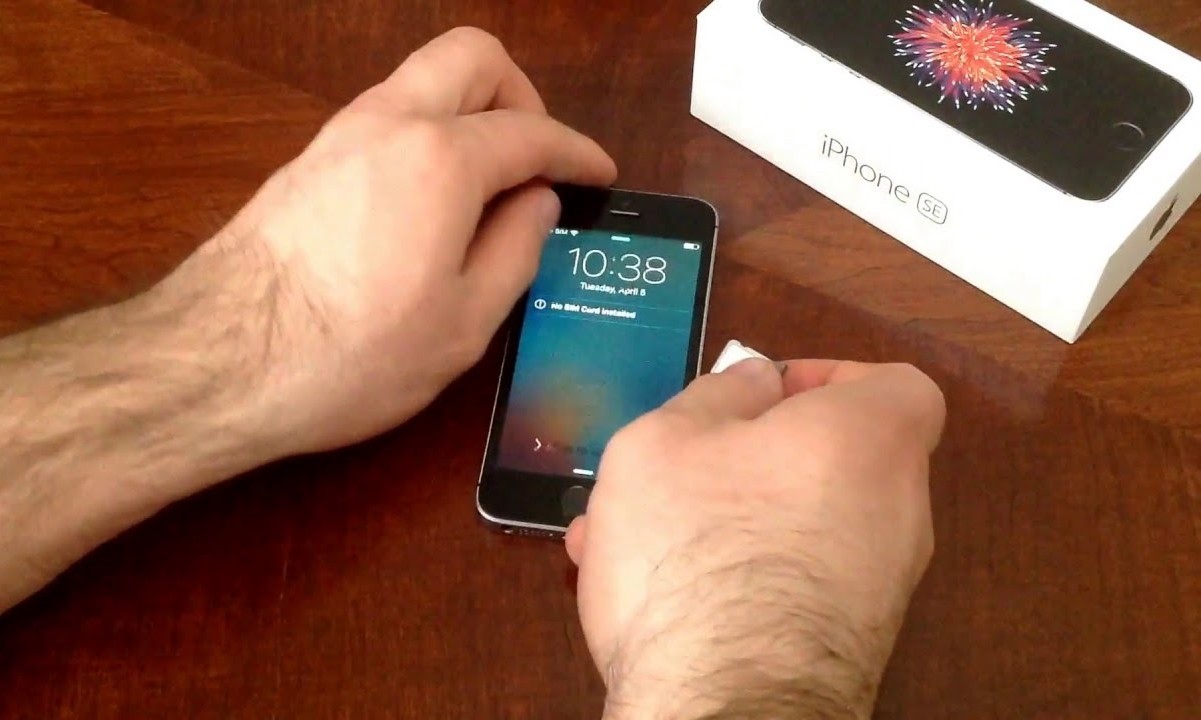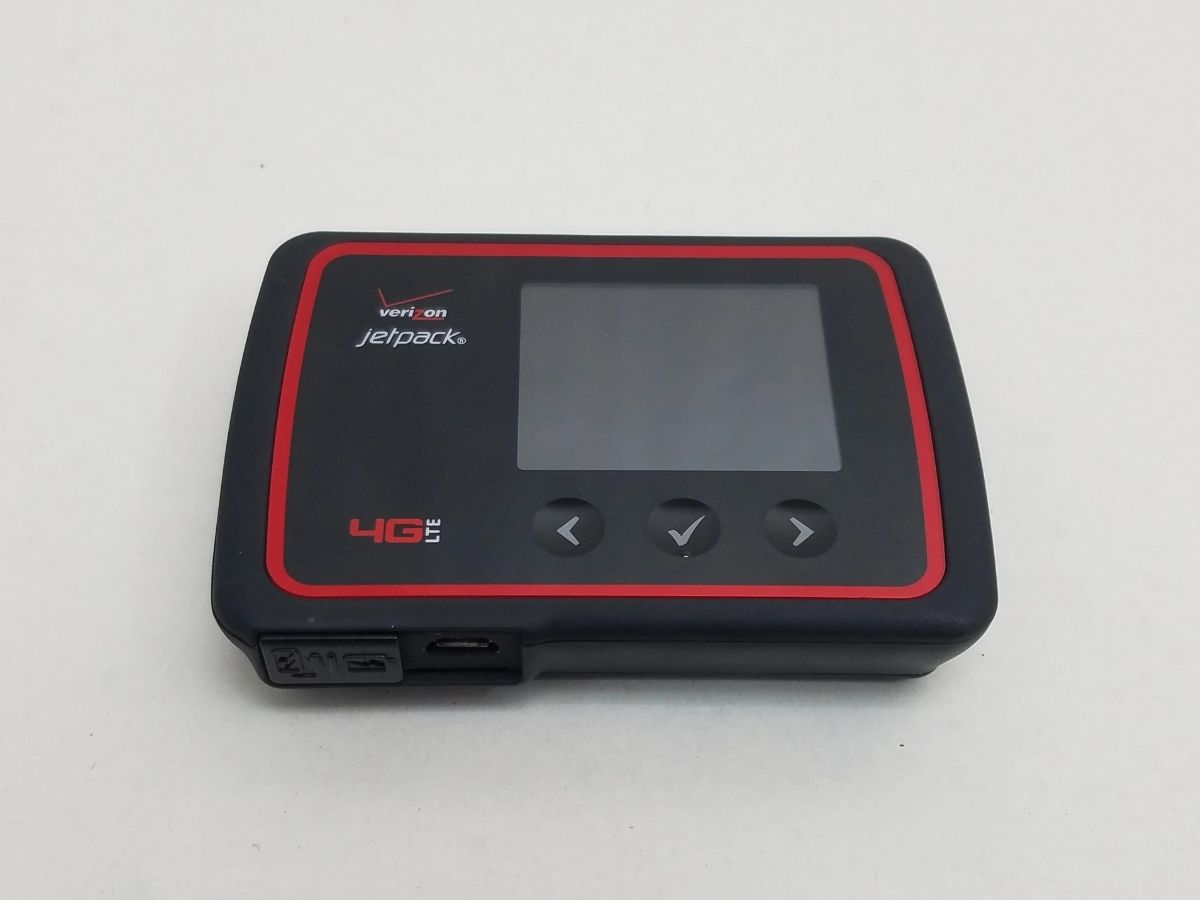Introduction
Safely extracting a SIM card from a mobile device is a crucial yet often overlooked aspect of mobile device maintenance. A Subscriber Identity Module (SIM) card stores vital information such as contact details, text messages, and network authentication data. As such, mishandling a SIM card during extraction can lead to data loss or damage to the card itself. Therefore, it is essential to understand the significance of safely removing a SIM card and to follow the correct procedures to ensure the integrity of the data and the card.
By delving into the intricacies of safely extracting a SIM card, users can equip themselves with the knowledge and skills necessary to protect their valuable data and maintain the functionality of their mobile devices. This comprehensive guide will provide valuable insights into the tools required, step-by-step procedures, and essential tips for safely handling and storing a SIM card. Whether you are a seasoned mobile device user or a novice, understanding the proper techniques for SIM card extraction is fundamental to the overall care and maintenance of your device.
In the subsequent sections, we will explore the importance of safely extracting a SIM card, the tools needed for this process, a detailed step-by-step guide, and valuable tips for handling and storing a SIM card. By the end of this guide, you will have a comprehensive understanding of the best practices for safely managing your SIM card, ensuring the security and longevity of your valuable data.
Understanding the Importance of Safely Extracting a SIM Card
Safely extracting a SIM card from a mobile device is a critical aspect of device maintenance that directly impacts the security and integrity of personal data. A SIM card serves as a repository for a user's identity on a mobile network, containing essential information such as contact details, text messages, and network authentication data. As such, mishandling a SIM card during extraction can lead to potential data loss or damage to the card itself.
By understanding the significance of safely removing a SIM card, users can mitigate the risk of compromising their personal information. Improper extraction techniques, such as applying excessive force or using sharp objects, can result in physical damage to the SIM card, rendering it unreadable and causing the loss of stored data. Furthermore, mishandling a SIM card can lead to connectivity issues, as the delicate electronic components may be damaged, affecting the device's ability to connect to the mobile network.
In addition to data security and device functionality, the importance of safely extracting a SIM card extends to the protection of personal privacy. SIM cards often contain sensitive information, including personal contacts and text messages. In the wrong hands, this data could be exploited for malicious purposes, potentially compromising an individual's privacy and security.
Moreover, the financial implications of a damaged or lost SIM card cannot be overlooked. Replacing a damaged SIM card can incur additional costs, and the process of recovering lost data, if possible, may necessitate professional assistance, further adding to the financial burden. By prioritizing the safe extraction of a SIM card, users can avoid these potential expenses and safeguard their valuable data.
In essence, the importance of safely extracting a SIM card lies in preserving the confidentiality, integrity, and functionality of the data stored within the card. By adhering to best practices for SIM card extraction, users can protect their personal information, maintain the operational efficiency of their mobile devices, and avoid unnecessary financial costs associated with data loss or SIM card damage.
Tools Needed for Safely Extracting a SIM Card
When it comes to safely extracting a SIM card from a mobile device, having the right tools at your disposal is essential to ensure a smooth and risk-free process. Here are the key tools needed for safely extracting a SIM card:
-
SIM Card Ejector Tool: Most mobile devices are equipped with a small ejector tool specifically designed for removing SIM cards. This tool, often included with the purchase of a new device, features a thin, pointed end that fits into the SIM card tray's ejection slot. By gently pressing the ejector tool into the slot, the SIM card tray is released, allowing for the safe removal of the SIM card without causing damage to the device or the card itself.
-
Paperclip or Needle: In the absence of a SIM card ejector tool, a paperclip or a needle can serve as an alternative for ejecting the SIM card tray. By straightening one end of the paperclip or needle, it can be carefully inserted into the ejection slot, triggering the release of the SIM card tray. It's important to exercise caution and apply gentle pressure to avoid causing any damage to the device or the SIM card.
-
Microfiber Cloth: A microfiber cloth is a handy tool for cleaning the SIM card and the surrounding area within the device. Before and after extracting the SIM card, using a microfiber cloth to gently wipe the card and the SIM card tray can help remove any dust, dirt, or residue that may have accumulated. This simple step can contribute to maintaining the cleanliness and functionality of the SIM card and the device as a whole.
-
Adhesive Tape: In some cases, a SIM card may become stuck within the tray or the device's SIM card slot. Adhesive tape can be used to carefully lift the SIM card from the tray or slot without causing any damage. By affixing a small piece of tape to the surface of the SIM card and gently pulling it upwards, the card can be safely released, allowing for its extraction without resorting to forceful measures.
By ensuring the availability of these essential tools, users can approach the process of extracting a SIM card with confidence, knowing that they have the necessary resources to carry out the task safely and effectively. These tools not only facilitate the extraction process but also contribute to the overall maintenance and care of the SIM card and the mobile device, promoting longevity and optimal functionality.
Step-by-Step Guide to Safely Extracting a SIM Card
-
Power Off the Device: Before attempting to extract the SIM card, ensure that the mobile device is powered off. This minimizes the risk of damaging the SIM card or the device's SIM card slot during the extraction process.
-
Locate the SIM Card Tray: Identify the location of the SIM card tray on your device. The tray is typically located on the side of the device or, in some cases, at the top. It is a small, often recessed slot with a tiny pinhole.
-
Insert the Ejector Tool: If you have a SIM card ejector tool, gently insert the pointed end into the pinhole on the SIM card tray. Apply light pressure to trigger the release of the tray. If you don't have an ejector tool, a straightened paperclip or needle can be carefully inserted into the pinhole to achieve the same effect.
-
Remove the SIM Card Tray: Once the tray is released, carefully pull it out from the device. Take note of the orientation of the SIM card within the tray to ensure proper reinsertion later.
-
Extract the SIM Card: With the tray removed, gently tip it over to allow the SIM card to slide out. Handle the SIM card with care, avoiding contact with the metal contacts or the chip on the card's surface.
-
Inspect the SIM Card and Slot: Take a moment to inspect both the SIM card and the slot within the device for any signs of damage or foreign objects. Use a microfiber cloth to gently clean the SIM card and the tray if necessary.
-
Reinsert the Tray: Once the SIM card has been safely extracted and any cleaning completed, carefully reinsert the tray back into the device until it is securely in place.
By following these step-by-step instructions, you can safely extract a SIM card from your mobile device without risking damage to the card or the device itself. This process ensures that the SIM card remains intact and ready for reinsertion, maintaining data integrity and device functionality.
Tips for Safely Handling and Storing a SIM Card
Safely handling and storing a SIM card is crucial for maintaining its integrity and ensuring the security of the data it contains. Here are essential tips to follow for the safe handling and storage of a SIM card:
-
Avoid Physical Damage: Handle the SIM card with care, avoiding bending, scratching, or exposing it to extreme temperatures. Physical damage can impair the functionality of the card and lead to data loss.
-
Use the Original Packaging: When not in use, store the SIM card in its original packaging or a protective case designed for SIM cards. This helps shield the card from physical damage and minimizes the risk of misplacing it.
-
Keep it Dry: SIM cards are sensitive to moisture, which can corrode the metal contacts and render the card unusable. Store the SIM card in a dry environment, and if it comes into contact with liquid, ensure it is thoroughly dried before use.
-
Avoid Magnetic Fields: Keep the SIM card away from strong magnetic fields, as they can interfere with the data stored on the card. Magnetic exposure may corrupt the information, leading to potential data loss or errors.
-
Proper Labeling: If you have multiple SIM cards, label them clearly to avoid confusion. Indicate the associated mobile number or the device for which each SIM card is intended. This simplifies identification and prevents accidental mix-ups.
-
Regular Inspection: Periodically inspect the SIM card for any signs of damage, such as scratches, dents, or discoloration. If any abnormalities are detected, consider replacing the SIM card to prevent potential data loss or connectivity issues.
-
Secure Storage: When not in use, store the SIM card in a secure and easily accessible location. This ensures that the card is protected from damage or loss while remaining readily available when needed.
By adhering to these tips, users can ensure that their SIM cards remain in optimal condition, safeguarding the integrity of the stored data and facilitating seamless reinstallation when required. Proper handling and storage practices contribute to the longevity and reliability of SIM cards, ultimately enhancing the overall mobile device experience.









